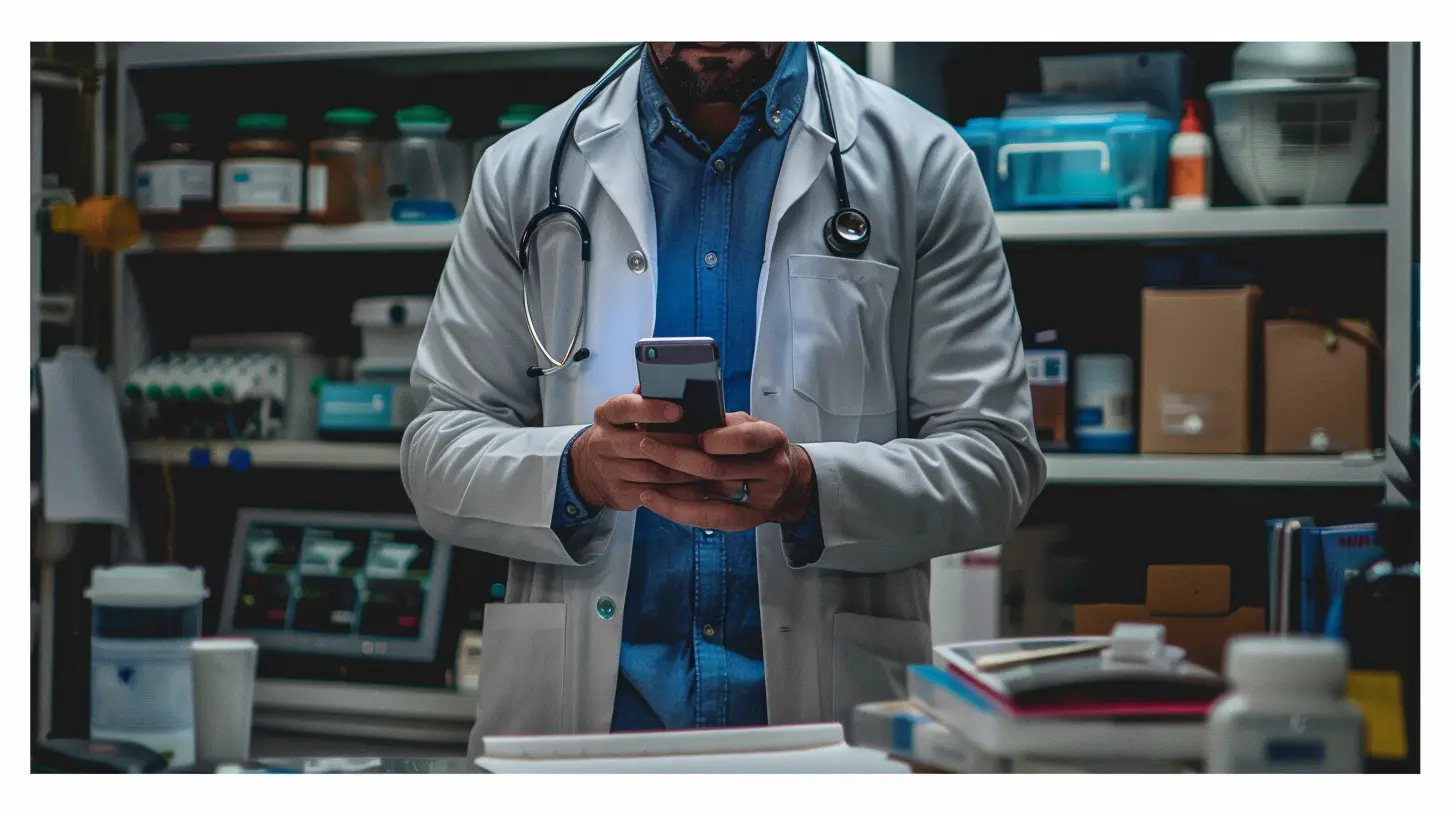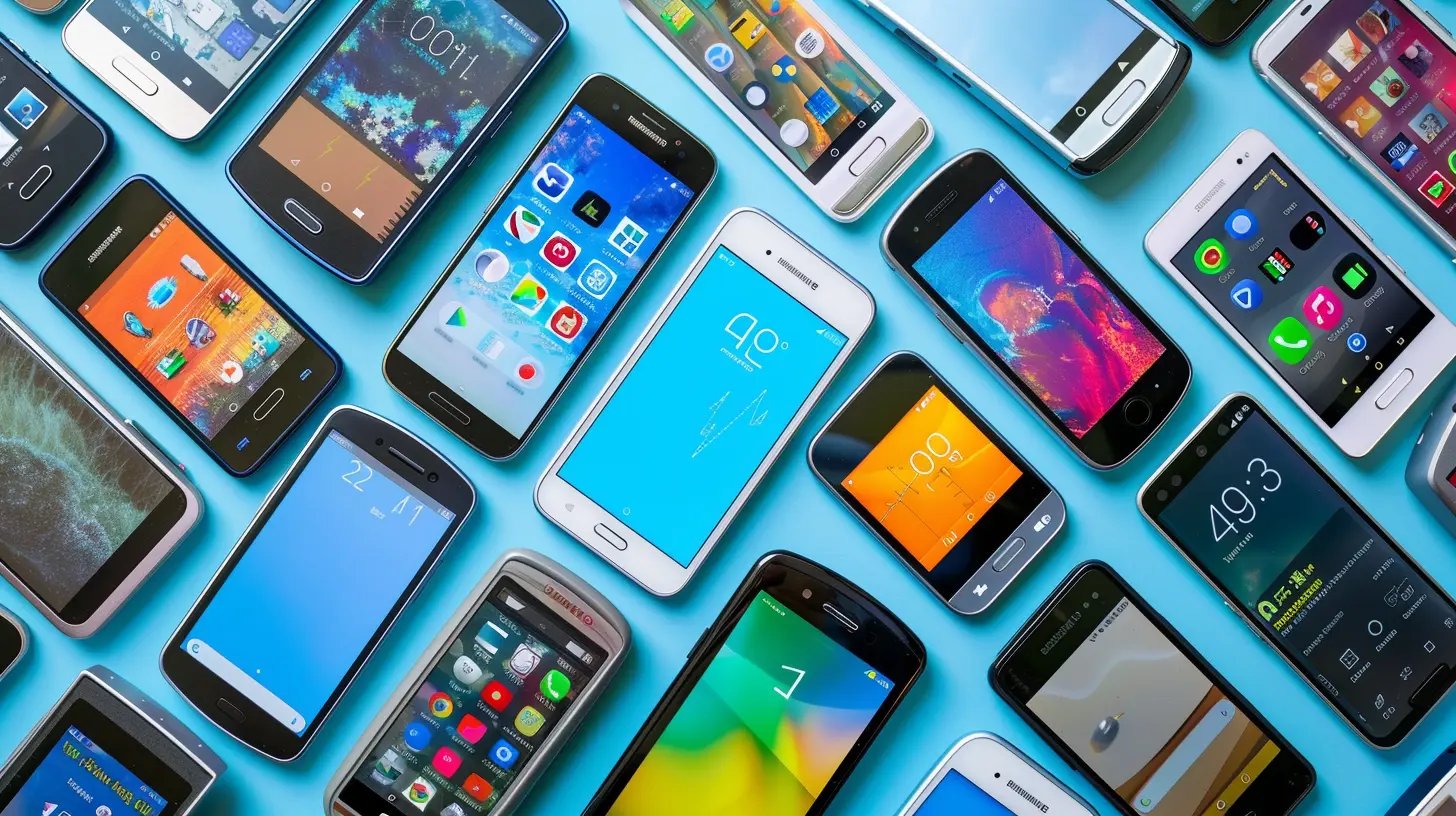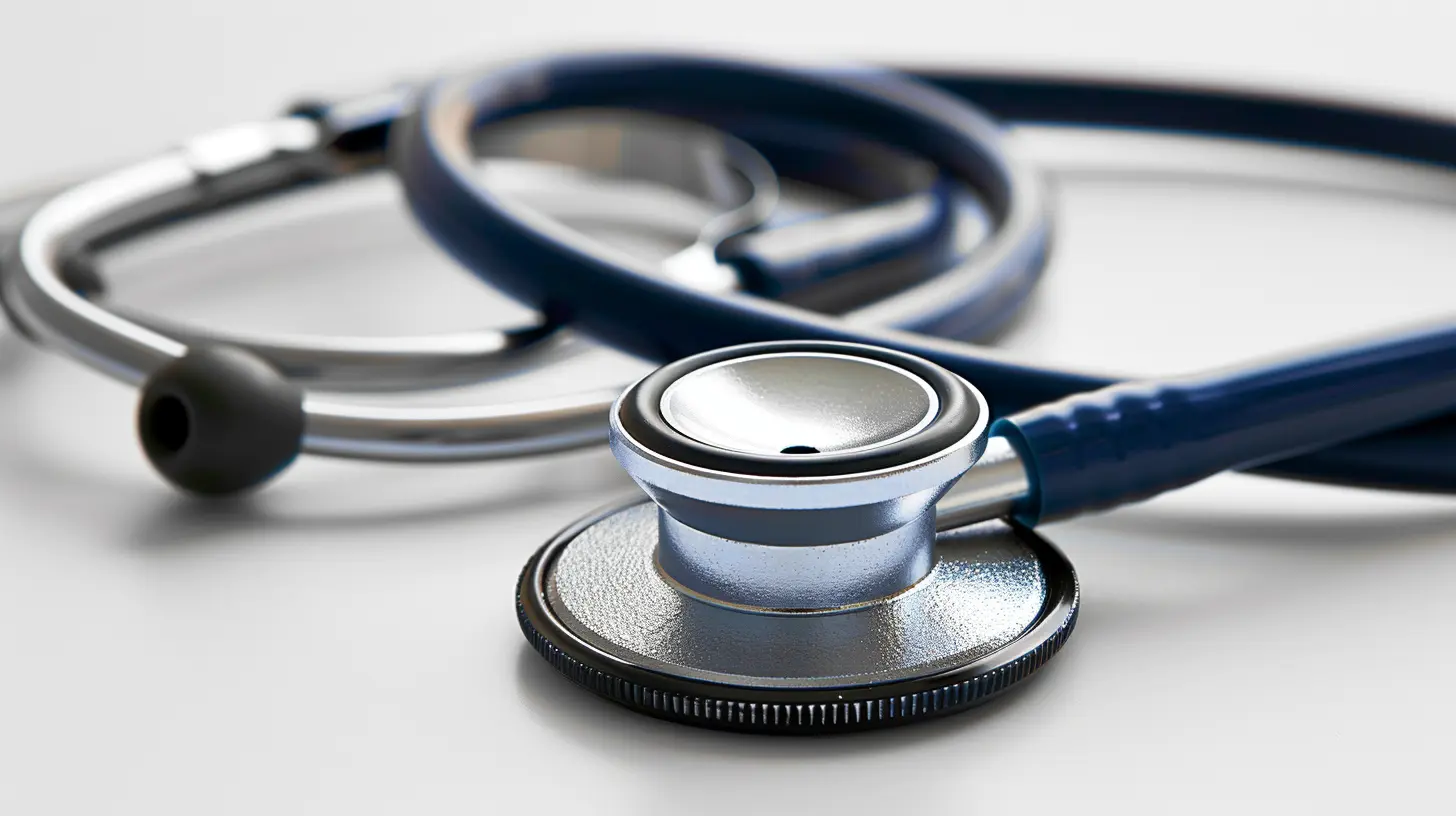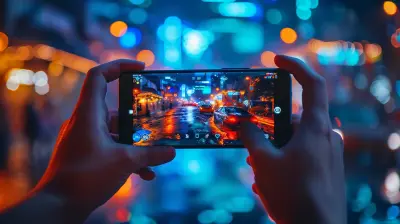Mobile Healthcare: How Smartphones Are Shaping Telemedicine
28 July 2025
Let’s face it — smartphones have become an essential part of our daily lives. Whether it's staying connected with friends, navigating through unknown streets, or binge-watching our favorite shows, we rely on these tiny devices for almost everything. But have you ever stopped to think about how much smartphones are impacting healthcare, specifically telemedicine? It’s pretty wild when you think about it. The device you use to scroll through social media could also be the key to revolutionizing the way we receive medical care.
In this article, we’ll dive into how mobile healthcare, or mHealth, is being shaped by smartphones and how it’s transforming telemedicine in ways we never thought possible. Buckle up, because things are about to get interesting!

The Rise of Telemedicine
Before we get into the nitty-gritty of smartphones and healthcare, let's briefly talk about telemedicine. Telemedicine, in simple terms, is the remote diagnosis and treatment of patients using telecommunications technology. It’s been around for a while, but it’s safe to say that the COVID-19 pandemic supercharged its growth. Suddenly, video calls with doctors became the norm rather than the exception.People who once hesitated to try virtual consultations are now realizing the convenience of it. No more sitting in a waiting room for hours or driving across town for a 10-minute appointment. Telemedicine allows you to connect with your doctor from the comfort of your couch. And guess what? That little smartphone in your pocket plays a huge role in this.

Smartphones: The Pocket-Sized Doctor’s Office
So, how exactly do smartphones fit into this telemedicine puzzle? Well, think of your smartphone as a mini doctor’s office that fits snugly in your pocket. With the rise of mobile healthcare apps, we can now track our health, monitor symptoms, and even have consultations with healthcare professionals straight from our phones.Imagine this: You wake up with a sore throat. Instead of panicking or waiting for an appointment, you open your smartphone, log into a telemedicine app, and within minutes, you’re video chatting with a doctor. They can assess your symptoms, offer a diagnosis, and send a prescription to your local pharmacy — all without you leaving your bed. It’s like magic, but it’s real!
Health Monitoring Apps: Your Personal Health Assistant
Many smartphones today come equipped with health monitoring features. Think about Apple’s Health app or Google Fit. These apps allow you to track vital data like your heart rate, steps, sleep patterns, and even oxygen levels. Some can even integrate with wearable tech like smartwatches to give you real-time health updates.These apps aren’t just about counting steps anymore; they’re evolving into powerful tools that can alert you to potential health issues. For example, apps that track heart rate can detect irregularities and prompt you to seek medical attention before problems escalate.
It's like having a personal health assistant right in your pocket — always keeping an eye on your wellbeing without being intrusive. Pretty neat, huh?

Redefining Doctor-Patient Relationships
You know how awkward it can be to sit in a doctor’s office, especially when you’re not feeling your best? Smartphones are changing that. Telemedicine powered by smartphones is making doctor-patient relationships more accessible and less intimidating.Patients can now communicate with their doctors through text messages, phone calls, or video chats. This means no more anxiety-inducing trips to the clinic for minor issues. You can quickly ask questions, get advice, or request a prescription refill — all through your smartphone.
This new dynamic allows for a more continuous and personalized care experience. Doctors can follow up with patients more easily, and patients feel more connected to their healthcare providers. It's like having a doctor on speed dial, minus the expensive phone bill!
Improved Access to Healthcare
One of the biggest advantages of mobile healthcare is how it improves access to medical care, especially for people in remote or underserved areas. You know how challenging it can be to find specialist care if you live in a rural area, right? Telemedicine breaks down those barriers.Thanks to smartphones, patients in remote areas no longer need to travel long distances to see a specialist. Instead, they can schedule virtual consultations with healthcare providers from anywhere in the world. This not only saves time and money but also ensures that everyone has access to quality care.
In many ways, smartphones are democratizing healthcare — leveling the playing field so that more people can get the care they need.

Specialized Apps: A World of Healthcare at Your Fingertips
Ever heard the saying, "there's an app for that"? Well, in the world of healthcare, it couldn’t be more true. From mental health support to diabetes management, there are specialized apps for almost every medical condition you can think of.Take mental health, for example. We’ve seen a massive rise in apps designed to help people manage stress, anxiety, and depression. Apps like Calm or Headspace offer guided meditation, while others like BetterHelp connect you with licensed therapists. You don’t even have to leave your home to get professional mental health support anymore — just open an app, and you're good to go!
Diabetes management is another area where smartphones are making a massive difference. Apps can help patients monitor their blood sugar levels, log their meals, and even remind them to take their medication. It’s like having a personal nurse who checks in on you without the judgmental tone!
Wearable Tech and Remote Monitoring
Smartphones aren’t working alone — they’ve teamed up with wearable technology to take mobile healthcare to the next level. Devices like Fitbits and Apple Watches can track an array of health metrics, from heart rates to blood oxygen levels. This data syncs directly to your smartphone, giving both you and your doctor valuable insights into your health.But it doesn’t stop there. Remote monitoring tools can now be connected to smartphones, allowing doctors to track patients’ conditions in real time. For example, patients with chronic conditions like heart disease can wear devices that monitor their heart activity. If something unusual happens, the device sends an alert to both the patient and their doctor.
In a way, it’s like having a digital safety net that watches over you. And the best part? It all fits in the palm of your hand.
mHealth: The Future of Telemedicine Is Mobile
The term “mHealth” (short for mobile health) refers to the use of mobile devices to support public health and healthcare services. It’s estimated that billions of people worldwide are using smartphones and other mobile devices, and that number keeps growing. So, it’s no surprise that mHealth is becoming a critical component of modern telemedicine.mHealth includes everything from health apps to wearable devices, and the possibilities are endless. Imagine a world where your smartphone can monitor your vital signs 24/7, predict medical emergencies, and automatically notify your doctor. While we’re not quite there yet, we’re definitely heading in that direction.
AI and Machine Learning in Mobile Healthcare
One of the most exciting developments in mobile healthcare is the integration of artificial intelligence (AI) and machine learning. These technologies are being used to analyze health data collected by smartphones and wearables, allowing for more accurate diagnoses and personalized treatment plans.For instance, AI-powered apps can analyze a user’s symptoms and suggest possible conditions based on the data. This not only helps patients understand what might be going on with their health but also provides doctors with valuable insights before consultations even begin.
It’s like having your own medical detective working behind the scenes, piecing together clues from your health data.
Challenges and Limitations of Mobile Healthcare
Okay, so mobile healthcare sounds fantastic, but it’s not without its challenges. As with any technology, there are some limitations and hurdles to overcome.Privacy Concerns
One of the biggest concerns people have with mobile healthcare is privacy. With so much personal health information being stored and transmitted through smartphones, there’s always the risk of data breaches or unauthorized access.People are understandably worried about their sensitive health data falling into the wrong hands. While companies are working hard to beef up security measures, this remains a significant issue that needs continuous attention.
Digital Divide
Another challenge is the digital divide. While smartphones are widespread, not everyone has access to them or understands how to use them effectively. Older adults or those in low-income communities may struggle to adopt mobile healthcare solutions, which could create disparities in care.We have to remember that not everyone is tech-savvy, and for mobile healthcare to be truly inclusive, we need to ensure that these solutions are accessible to all.
Technical Glitches
Finally, let’s not forget about the occasional technical glitch. We’ve all experienced the frustration of a dropped call or lagging video during a virtual consultation. While technology is improving, it’s not perfect, and these little hiccups can sometimes get in the way of effective medical care.The Bottom Line: Mobile Healthcare Is Here to Stay
Smartphones are no longer just for texting and binge-watching Netflix — they’re revolutionizing the way we approach healthcare. From telemedicine consultations to health monitoring apps, mobile healthcare is transforming the way we take care of ourselves. It’s making healthcare more accessible, personalized, and convenient than ever before.While there are still challenges to overcome, one thing is clear: mobile healthcare is here to stay, and it’s only going to get better. So, the next time you pick up your phone, remember — it’s not just a gadget; it could be the future of your healthcare.
all images in this post were generated using AI tools
Category:
Mobile TechnologyAuthor:

Ugo Coleman
Discussion
rate this article
1 comments
Astra Mahoney
Great insights! Smartphones are truly transforming the telemedicine landscape. Thank you!
August 2, 2025 at 4:11 AM

Ugo Coleman
Thank you for your feedback! I'm glad you found the insights valuable.


